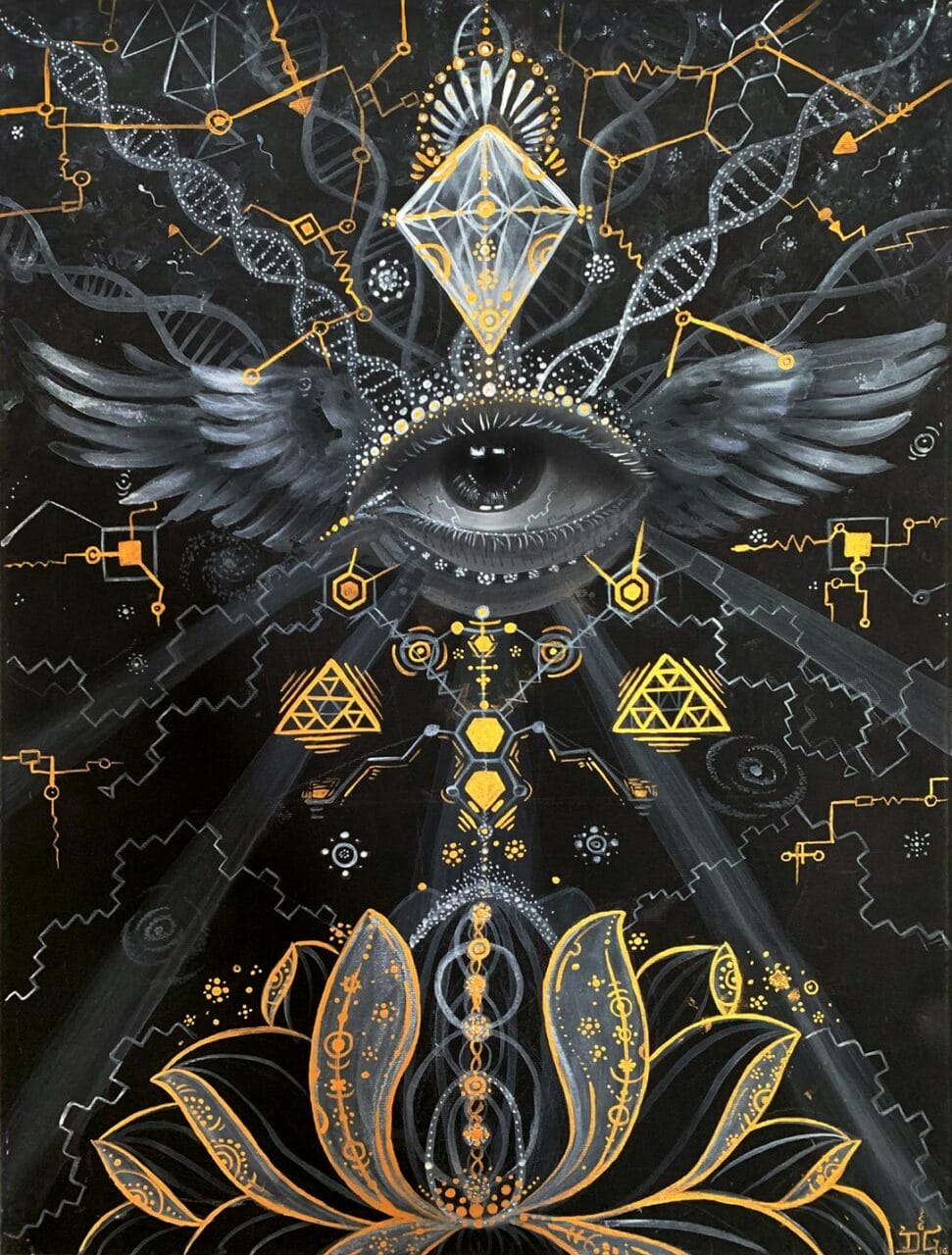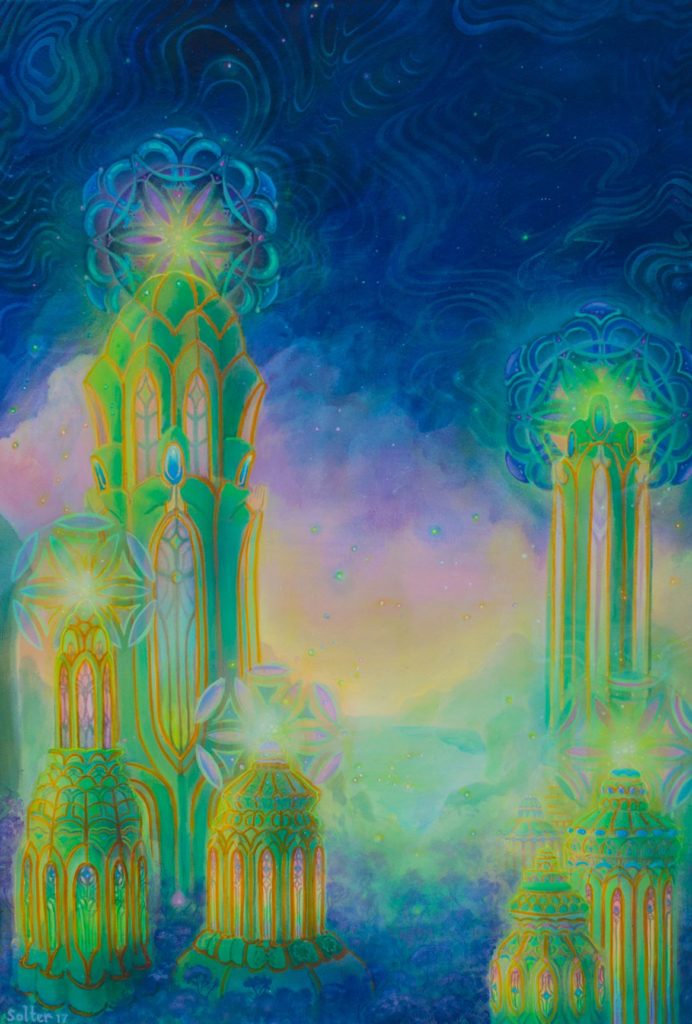
© Uni Kaya
Historical Overview of Shrooms
The history of Shrooms can be traced back to 9000 BC as per historical documents. These unique mushrooms, boasting over 200 species, contain psilocybin, a substance that triggers hallucinogenic effects. The experiences may encompass altered perception, visual and auditory hallucinations, and deep spiritual experiences. For millennia, these mushrooms have served in spiritual ceremonies, rituals, and practices across diverse cultures and tribes. A considerable number of these historical events occurred in North and South America.
Shrooms in Ancient Times
Over the centuries, many cultures have employed natural psychedelics. Evidence from the Sahara Desert suggests that humans were using Psilocybe Cubensis over 7000 years ago. Archaeological finds showcase the depiction of this psychoactive substance in prehistoric art across different regions. For instance, the indigenous tribes of North Africa in the Sahara included its use in their artwork from around 9000 BC. Similarly, the renowned Selva Pascuala mural rock painting in Spain, approximately 6000 years old, indicates the use of Psilocybe Hispanica in religious rituals. The influence of these substances on our cultural evolution, religion, art, societal norms, and everyday life is increasingly apparent. This substance has undoubtedly left a significant mark on our culture and society.
Historical Overview of Shrooms Usage
Historically,magic Shrooms have been used for a long time. The psychoactive substance that we know today has traversed various eras, with diverse practices related to its use. It’s time for Mushroom Gummies Canada to delve into the historical journey that has brought Shrooms to its current status.
Main Highlights
- Dried Shrooms has been used in traditional rituals and spiritual healing for centuries. Today, it is applied as a treatment for mental health disorders.
- Shrooms became a symbol of the hippie culture, significantly contributing to the psychedelic revolution and promoting its recreational use.
- Notable figures like Wasson, Sabina, and McKenna introduced psilocybin to the contemporary world.

© Jonathan Solter
Endorsing the Stoned Ape Theory
The Stoned Ape Hypothesis was proposed by Terence McKenna, who suggested that psilocybin might have been instrumental in human evolution, especially in cognitive development. Despite facing some criticism, the intriguing aspects of this theory remain undeniable.
Primitive Societies and Holy Rituals
Symbols, art, and statues in ancient societies depicted cubes, which indicated the ceremonial usage of Shrooms. It was used by the Mayans and Aztecs for interacting with supernatural beings, including gods. In the diverse Aztec culture, it was called “teonanácatl“, meaning “flesh of the gods”. The concept of a psychedelic experience was unknown to them, making them believe it was a divine entity. Moving north to Siberia, the Siberian shamans used hallucinogenic Shrooms. They specifically used a hallucinogenic substance (Shrooms) known as “Amanita Muscaria” for spiritual healing and traditional practices, despite its toxicity. This usage dates back almost ten thousand years. In African tribal rituals, particularly among the Congo and Zimbabwean tribes, cubes were used to communicate with ancestors, induce visions, and promote spiritual healing. These historical societies provide a background for the current use of psilocybin. The reverence for this substance in these cultures originated from its divine connections and its ability to provoke mystical experiences.
Shrooms in Legends and Folklore
Numerous accounts, including those by Gordon Wasson, have highlighted the connection between Shrooms and the mystical world, emphasizing its significance in folklore and mythology as a medium for divine communication and enlightenment. In ancient India, the Soma—a ceremonial drink mentioned in the Vedas—was believed to induce altered states of consciousness. Scholars like Wasson speculate that it might have been brewed from psychoactive plants, particularly fly agaric. Some even suggest that this ancient drink might have comprised a mixture of various plants. Regardless of its origin, the psychedelic history suggests that Soma facilitated the appearance of sacred symbols during rituals, symbolizing a path to higher wisdom or spiritual enlightenment.
The Contemporary Era
A Brief Look at the
Beginnings
400;”>Historical records from the era before Columbus arrived in the Americas show that Mayans and Aztecs utilized psilocybin Shrooms. The Spanish ruling class in the 15th and 16th centuries deemed its usage as uncultured and subsequently outlawed it. Despite this prohibition, shamans secretly continued to use magic Shrooms, thereby preserving their cultural customs for over 400 years.
Reemergence in the Western World
The 1950s saw the return of these substances in the West, all thanks to the pioneering work of individuals like R. Gordon Wasson, Roger Heim, and Albert Hofmann. During a journey to Mexico, they were able to isolate the two psychedelic components (psilocybin and psilocin) from the Shrooms they obtained from the Mazatec tribe. Wasson then popularized his travels, uses, and insights about magic Shrooms through Life magazine. His articles and first-hand experiences led to the acknowledgement of the substance as a potent hallucinogen. By the onset of the 1960s, the substance had become a symbol of the Hippie movement and was regarded as a pathway to spiritual exploration. However, its usage also sparked considerable debate and fueled a revolution in the recreational use of hallucinogenic substances.
Progression: Worldwide Prohibition
In 1971, psilocybin was classified as a Schedule 1 illegal drug by the United Nations Convention on Psychotropic Substances, alongside Lysergic Acid Diethylamide and N, N-Dimethyltryptamine. At that point, all were perceived to have no medicinal value and a high risk of misuse. This led to extensive criminalization in Western nations, including Canada and the U.S., greatly limiting the spiritual and therapeutic uses of the substance.
The Modern Resurgence of Psilocybin
In recent years, there has been a softening of the strict laws regulating psilocybin, beginning with its decriminalization. This shift is in line with the UN’s provision allowing treaty member states to regulate the substance at their own discretion. At the same time, a growing body of research and clinical trials related to psychedelics and consciousness strongly supports potential medical uses of psilocybin. A 2021 study examining the therapeutic use of psychedelics suggests that the 1970 ban greatly hampered additional research. However, a preliminary study in 2004 renewed interest in psilocybin, suggesting potential uses in neuropsychiatry, especially for treating mental health conditions such as:
- Depression, Anxiety, and Stress
- Post-traumatic Stress Disorder (PTSD)
- Obsessive-compulsive Disorder (OCD)
- Substance Misuse (Aiding in Addiction Recovery)
- Excessive Consumption of Alcohol and Drugs)
Media and Art’s Influence
Psychedelic cubes have become so prevalent that they’re portrayed in a plethora of mediums. The collective curiosity about these substances has been rekindled through various types of media, art, and literature. Movies such as “Fantastic Fungi” by Director Louie Schwartzberg, and documentaries that explore their therapeutic potential, have enhanced public understanding of their mental and physical effects. Michael Pollan, author of “How to Change Your Mind,” has studied the use of psychedelics for mental health and spiritual development, hence reinvigorating interest in their societal and therapeutic implications.
Prominent Historical Advocates of Fungi
- María Sabina: A Mexican Mazatec shaman and poet, Sabina contributed to the introduction of cubes to the West. She permitted Wasson to observe her Shrooms rituals.
- Gordon Wasson: Wasson, a writer, gained recognition for drawing worldwide focus to the drug. His comprehensive account of his experiences with Sabina led to a broader understanding of its local usage.
- Terence McKenna: A leading supporter of psychedelics, McKenna was instrumental in underscoring their cultural and philosophical significance. Through his speeches, writings, and research, McKenna popularized the “Stoned Ape” theory, portraying it as a cognitive enhancement tool that shaped society.
The Journey Through Time – A Brief Overview
with TRD.
| Prehistoric | Prehistoric usage is evidenced by stone art discovered in the Sahara, Africa |
| Ancient | The Maya and Aztec civilizations utilized teonanácatl in their spiritual and religious ceremonies. |
| 16th Century | Usage was discouraged due to its association with Indigenous beliefs |
| 18th Century | In 1799, the drug’s “intoxicating” effects were noticed when four children accidentally ingested Psilocybe Semilanceata, emphasizing the negative outcomes of its usage. |
| 20th Century | The drug was brought to the Western world by Wasson and Sabina, sparking the psychedelic revolution among the hippies. The UN legalized the possession and consumption of the substance. |
| 21st Century | Clinical studies to validate its medical potential are increasing. Health Canada has sanctioned a Special Access Program for its application. |
The Ascendancy of the Psychedelic Era and Beyond Salvation | Purchase Shrooms Online at Mushroom Gummies Canada
The consistent usage of cubes at Mushroom Gummies Canada, supported by substantial scientific research, will persist in its growth until achieving worldwide acknowledgment. Mushroom Gummies Canada’s online Shrooms store is primed to facilitate this transformation. Our extensive product range intrigues customers, encouraging them to begin the enigmatic and therapeutic journey of psilocybin. Secure your preferred items from Zoomies today.
Commonly Asked Questions
No, Amanita Muscaria does not include the active ingredients present in Psilocybe Cubensis. Instead, the psychoactive substances in fly agaric are muscimol and ibotenic acid. One prevalent theory about Soma’s origin posits it as a concoction of various psychoactive plants. In a similar vein, ayahuasca is a consciousness-modifying drink. However, the sole link between the two is the regard of soma as an analogue of ayahuasca. It was probed for potential Shrooms poisoning after it was classified as a toxic Shrooms. Today, we recognize it as the Psilocybe Mexicana.

